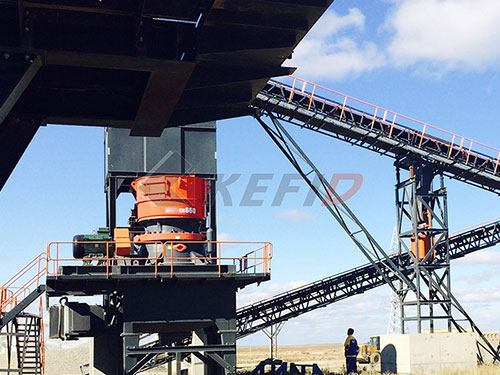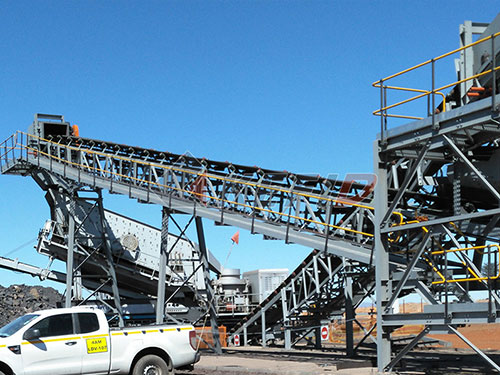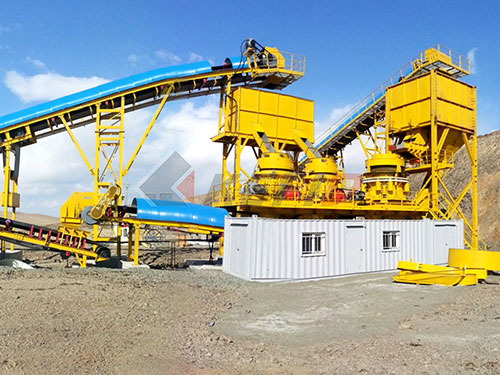Demystifying Glass Crusher Prices: A Buyer’s Guide
Investing in a glass crusher offers significant advantages – reduced waste volume, safer handling of broken glass, potential revenue from cullet sales, and enhanced sustainability credentials. However, navigating the wide range of glass crusher prices can be confusing. Understanding the key factors driving these costs is crucial for making an informed purchase decision that aligns with your budget and operational needs.
Why Prices Vary Significantly
Glass crushers aren’t a one-size-fits-all solution, and their prices reflect this diversity. Expect a broad spectrum:
1. Machine Type & Capacity:
Small Batch/Bottle Crushers: Designed for bars, restaurants, or small recycling points handling hundreds of pounds per day. Often manual-feed and relatively simple mechanically.
Mid-Range Crushers: Suitable for medium-sized facilities (hotels, municipalities) processing thousands of pounds daily. May offer semi-automated features.
High-Capacity Industrial Crushers: Built for large-scale MRFs (Material Recovery Facilities), bottling plants, or glass manufacturers processing tons per hour. Feature robust construction, high horsepower motors, automated feed systems (conveyors), sophisticated dust suppression, and advanced control systems.
Price Impact: Prices escalate dramatically with size and throughput capacity due to heavier-duty materials (hardened steel), larger motors, complex engineering, and added features.
2. Technology & Features:

Basic Crushing: Simple hammer-mill or impact crushing mechanisms.
Advanced Crushing: Multi-stage crushing processes producing consistently sized cullet suitable for closed-loop recycling into new bottles/jars.
Automation: Automatic feed systems (vibratory trays, conveyors), automatic start/stop sensors.
Dust Control: Integrated dust collection ports or wet suppression systems are essential for safety and air quality compliance but add cost.
Safety Systems: Emergency stops guarding around moving parts.
Control Panels: Basic switches vs. advanced PLC controls monitoring performance.

Price Impact: More sophisticated technology and essential safety/environmental features significantly increase manufacturing costs.
3. Construction & Durability:
Machines built with thicker steel plates hardened wear liners last significantly longer under heavy use but cost more upfront than lighter-duty models prone to faster wear and tear.
4. Brand Reputation & Support:

Leave a Reply